Flow meters are essential devices in various industries, used to measure the flow rate or quantity of liquids and gases. Calibration, which ensures that a flow meter provides accurate and reliable readings, is crucial for maintaining process control, efficiency, and compliance with regulations. The calibration cycle of a flow meter refers to the interval between two consecutive calibration events. The optimal calibration frequency depends on several factors, including the type of flow meter, operating conditions, and applicable regulatory standards. This article explores the calibration cycles of different types of flow meters commonly used in industrial and commercial applications.
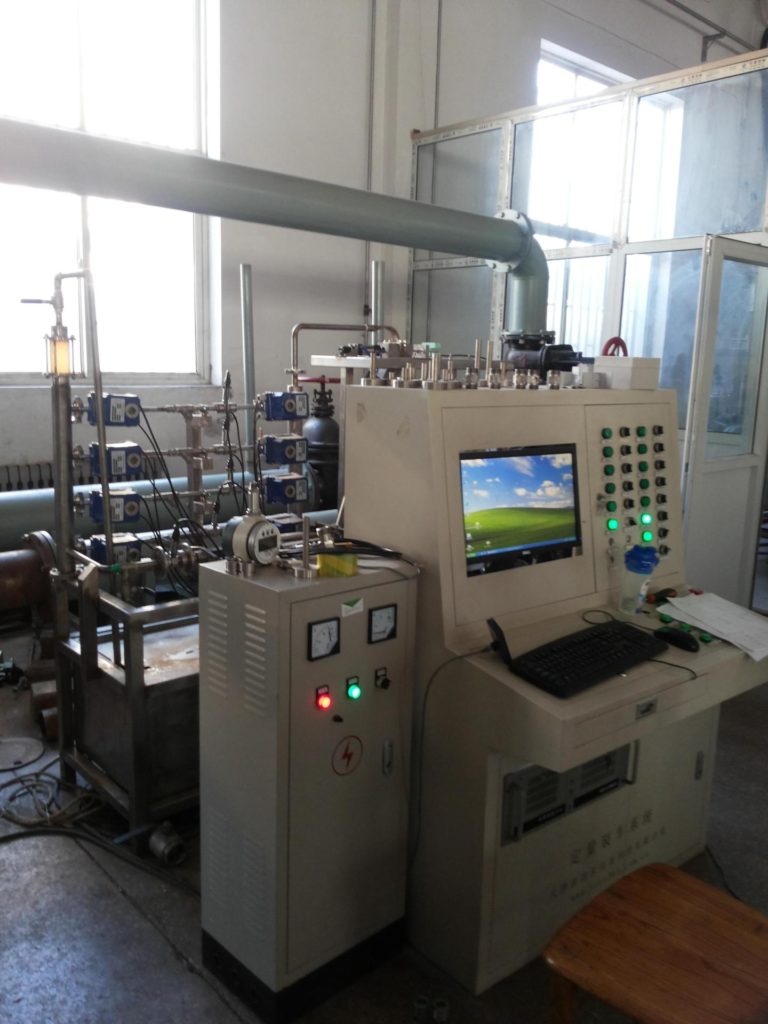
1. Turbine Flow Meters
Turbine flow meters are widely used in industries for measuring the flow of liquids and gases. They consist of a rotor that spins as fluid flows through the meter, with the speed of rotation correlating to the flow rate. These meters are known for their high accuracy and are often used in applications such as petroleum, chemical, and food processing.
Calibration Cycle: Typically, turbine flow meters should be calibrated at least once a year. However, the frequency can be extended to 18-24 months in stable environments where the flow is consistent, and there are minimal changes in pressure, temperature, or fluid composition. It’s important to calibrate more frequently if the meter is subjected to conditions such as high turbulence, extreme temperatures, or corrosive fluids, as these can affect accuracy over time.
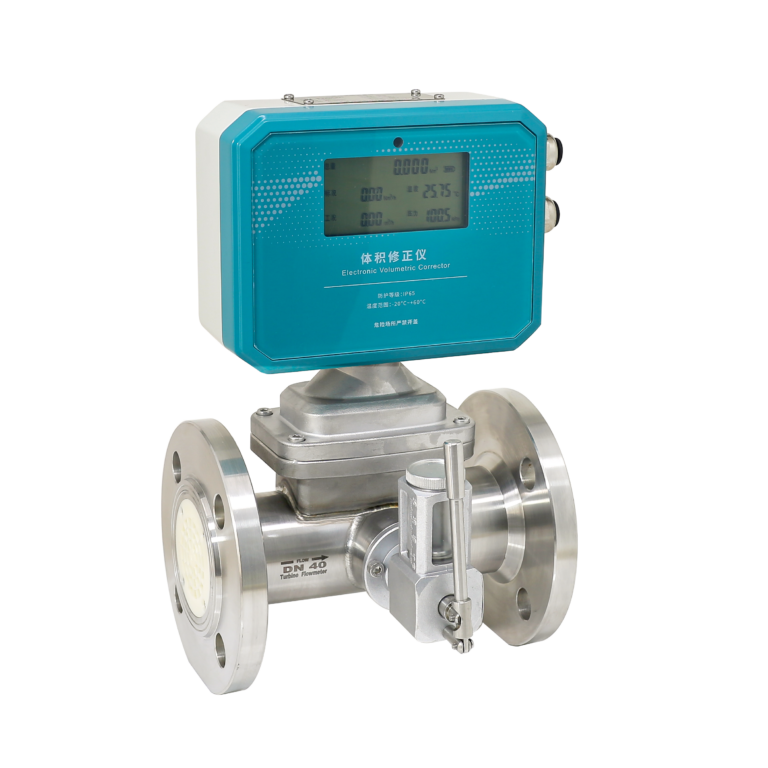
2. Mass Flow Meters
Mass flow meters, including Coriolis and thermal mass flow meters, measure the mass flow rate of fluids rather than just the volume. These meters are commonly used in applications where the density of the fluid changes with temperature or pressure, such as in chemical manufacturing, pharmaceuticals, and gas measurement.
Calibration Cycle: Mass flow meters are typically calibrated annually, though this can vary depending on the application. For instance, in environments where flow conditions change frequently or where precise measurements are critical (such as in the pharmaceutical industry), more frequent calibration may be required. Coriolis mass flow meters, in particular, can be sensitive to vibration and mechanical shock, so if used in environments with significant movement or changes in flow characteristics, they may need more frequent calibration.
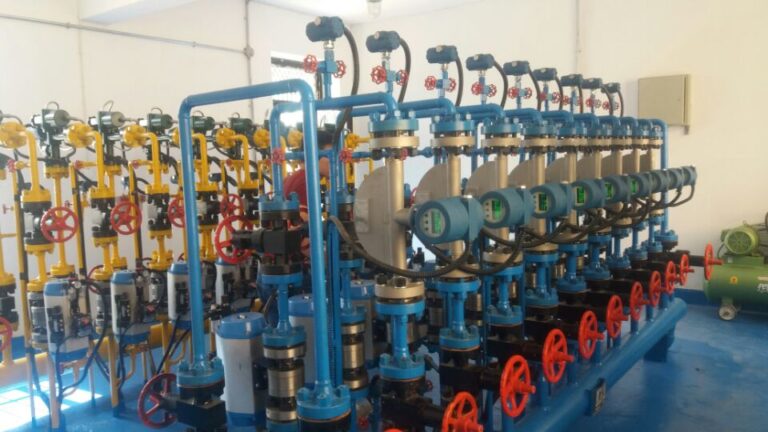
3. Positive Displacement Flow Meters
Positive displacement (PD) flow meters measure flow by trapping a fixed volume of fluid and counting the number of times the volume is displaced. These meters are known for their high precision and are typically used in applications requiring high accuracy, such as fuel dispensing, lubrication systems, and batch processes.
Calibration Cycle: The recommended calibration interval for positive displacement meters is usually every 12 months. However, if they are used in stable environments where the fluid characteristics and pressure conditions do not change, the calibration cycle could extend to 18-24 months. These meters are often less affected by changing fluid dynamics but can suffer from wear and tear, especially if abrasive fluids are being measured.

4. Ultrasonic Flow Meters
Ultrasonic flow meters use sound waves to measure the velocity of a fluid. These meters are often used in water, oil, and gas industries for both high and low flow measurements. They are known for their non-intrusive operation, which means they do not affect the flow of the fluid.
Calibration Cycle: The calibration cycle for ultrasonic flow meters generally ranges from 12 months to 24 months. In stable, clean flow conditions (such as with clean water or gas), they may require less frequent calibration. However, in applications involving sludge, slurry, or other viscous and particulate-laden fluids, more frequent calibration may be necessary to account for changes in the flow regime and ensure accurate measurements.
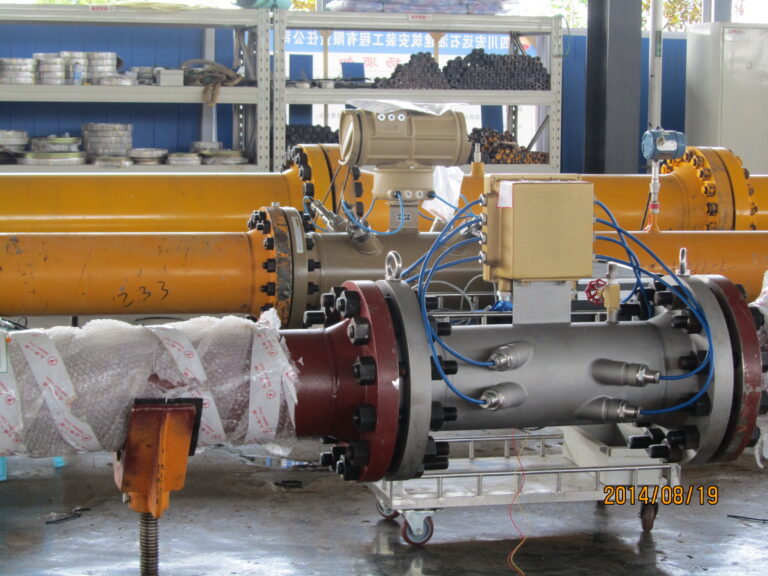
5. Electromagnetic Flow Meters
Electromagnetic flow meters are used to measure the flow of conductive liquids, such as water, wastewater, and slurries. These meters work on the principle of Faraday’s Law of Induction, which states that a voltage is induced when a conductive fluid flows through a magnetic field. They are popular in industries like water treatment, food processing, and chemical manufacturing.
Calibration Cycle: Electromagnetic flow meters generally require calibration every 12 months, although this can be extended depending on the application. In environments where the flow is steady, and the fluid is relatively clean and free from solids, the calibration cycle could be extended to 18-24 months. However, in harsh or fluctuating flow conditions (such as wastewater treatment plants where the flow is variable and contains particulate matter), more frequent calibration may be necessary to maintain accuracy.
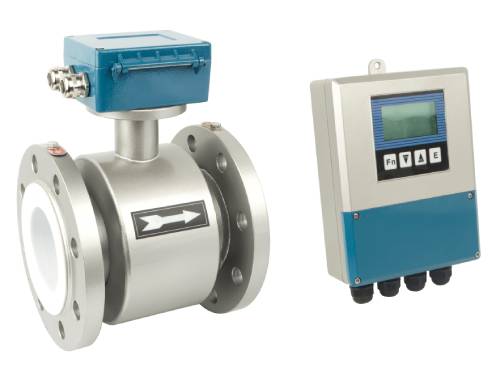
6. Orifice Plate Flow Meters
Orifice plate flow meters are one of the oldest and most common types of flow measurement devices. They use a flat plate with a hole (or orifice) to create a pressure drop in the flow stream. The flow rate is determined by measuring this pressure difference. These meters are widely used in oil and gas industries, steam measurement, and natural gas applications.
Calibration Cycle: The calibration cycle for orifice plate flow meters typically ranges from 12 to 24 months. Since orifice meters are relatively simple and mechanical, their calibration interval can be extended if the installation is stable, with minimal changes in pipe configuration or operating conditions. However, if the pressure differential or flow rate fluctuates significantly, or if there is any sign of wear in the orifice plate, recalibration should be performed more frequently.
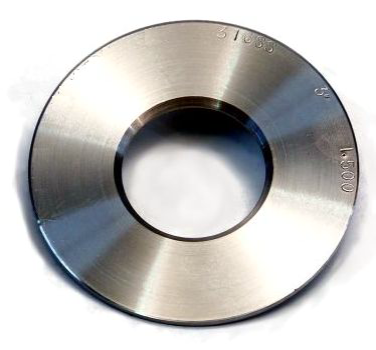
7. General Guidelines for Calibration
While these recommendations are typical, it’s important to understand that the frequency of calibration should also take into account other influencing factors, such as:
- Regulatory requirements: Many industries and regions have specific regulations regarding the calibration and certification of flow meters, especially for industries dealing with hazardous or highly regulated materials (e.g., petroleum, pharmaceuticals).
- Environmental factors: Extreme temperatures, pressure fluctuations, or high vibration levels can affect the accuracy of flow meters. Meters in harsh conditions may need to be calibrated more often.
- Fluid characteristics: The type of fluid being measured (clean vs. dirty, corrosive vs. non-corrosive) can impact the performance of the flow meter, necessitating more frequent calibration.
- Manufacturer’s recommendations: Always refer to the flow meter manufacturer’s guidelines for the most accurate calibration recommendations.
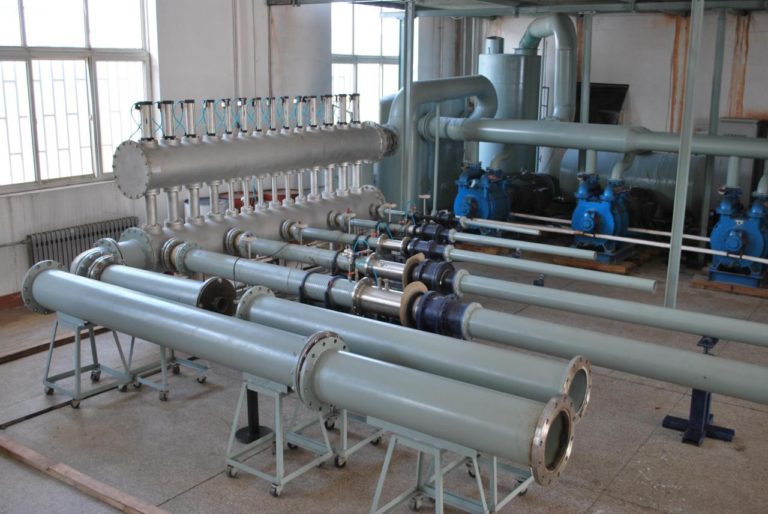
Conclusion
The calibration cycle of a flow meter is not one-size-fits-all. It is determined by the type of meter, the operating environment, and the precision required in the measurements. Regular calibration ensures that flow meters continue to provide accurate and reliable data, which is critical for process optimization, cost management, and regulatory compliance. Adhering to recommended calibration schedules and adjusting for specific application needs can greatly enhance the longevity and performance of flow meters, ensuring they meet the demands of modern industrial applications.
